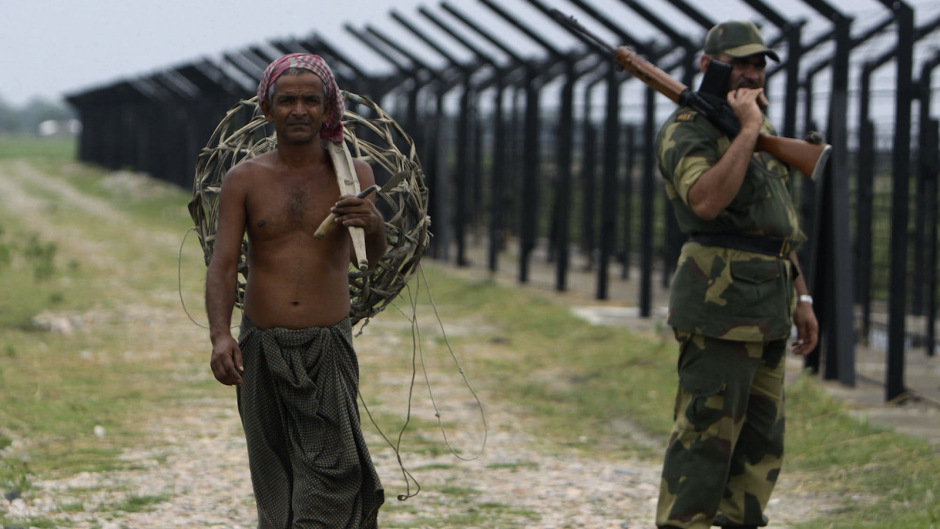Prime minister Narendra Modi has indicated that his government is open to executing a land swap with Bangladesh that will iron out long-standing border disputes and help thousands of people who live along the 4,096.7 kilometer-long common land boundary.
The deal, once ratified by the Indian parliament (PDF) will redraw India’s boundary with Bangladesh, where New Delhi will cede 17160 acres of land, in return for 7110 acres and swap enclaves. Enclaves are areas which are surrounded from all sides by foreign territories. India currently has 111 enclaves belonging to Bangladesh, while Bangladesh has 51 such areas.
Modi, in a speech in Assam on Dec. 01, also assured that the land swap—which his own party had previously vehemently opposed—would stop illegal Bangladeshi migrants from entering into India.
“The government will utilise the India-Bangla land transfer agreement to seal all routes across the international border through which illegal Bangladeshi migrants have been entering Assam and creating havoc in the state,” the prime minister said.
But stopping illegal immigration from Bangladesh isn’t quite as simple.
For one, the India-Bangladesh border is a long, snaking boundary that traverses multiples states and terrains—and has settlements on both sides.
“The entire stretch consist of plain, riverine, hilly/jungle and with hardly any natural obstacles. The area is heavily populated, and at many stretches the cultivation is carried out till the last inch of the border,” commerce minister Nirmala Sitharaman told parliament earlier this year.
The border encompasses six states, with West Bengal and Tripura sharing the longest boundaries with Bangladesh.
Source: Quartz









